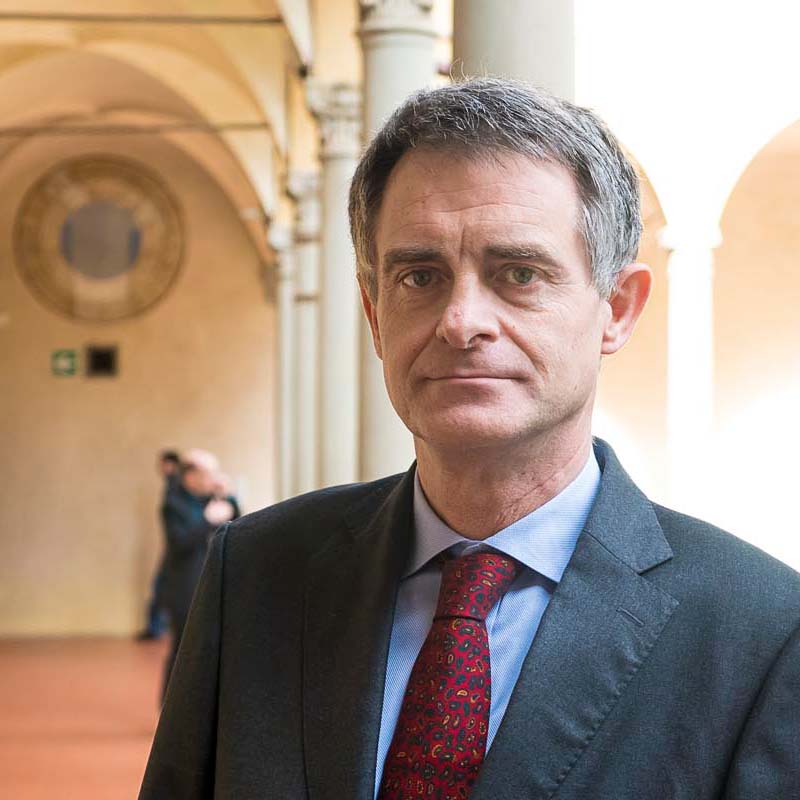
The event will examine to what extent the engagement of consumers explicitly to choose and pay for their preferred level of continuity of supply, beyond a guaranteed minimum, could be part of the enhancement of the current electricity target model better to face the challenges posed by an increasing penetration of renewables in the electricity system, with the resulting need for this system to become more flexible, and, more generally, to address the increasing resource adequacy concerns.
Alberto Pototschnig | Florence School of Regulation (FSR)
Michael Pollitt | Judge Business School, University of Cambridge
Laurens De Vries| TU Delft
Leigh Hancher | FSR and Tilburg University (Moderator)
Peter Claes | IFIEC
Breda Kutin | Slovene Consumers’ Association (ZPS)
Jana Haasová | ERU and CEER
Leigh Hancher | FSR and Tilburg University
Alberto Pototschnig | FSR
Resource adequacy concerns have grown in the face of the increasing penetration of variable renewable energy generation and its impact on the distribution of prices in the wholesale electricity market and, more recently, following the Russian invasion of Ukraine and the reduction of energy flows to Europe which have resulted and will result from the imposition of sanctions and the unilateral breach of contracts by Russian companies.
The Clean Energy for all Europeans Package introduced the requirement for annual European resource adequacy assessments[1] and national resource adequacy assessments[2].
These assessments are aimed at identifying resource adequacy concerns that Member States shall address by removing the regulatory distortions or market failures which cause these concerns.
Beyond the removal of these distortions and failures, resources should be harnessed to ensure the balance between demand and supply at all times. Demand response can play an increasing role in this context, due to advances in technology and digitalisation, as it is likely to be the cheapest resource providing flexibility. Another way in which demand can engage and contribute to adequacy, or at least lower its cost, is by choosing the level of continuity of supply, rather than being provided with a standard one, irrespective of its value for the different consumers.
In fact, different consumers might attach different values to the guarantee of continuity of electricity supply[3]. This is especially the case when considering consumption for non-essential uses in excess of what is necessary to cover basic needs (lighting, cooking and heating). Therefore, schemes have been proposed where consumers can choose their preferred level of continuity of electricity supply and pay for it. Those opting for higher continuity will pay higher charges than those who are ready to have the power supplied to them reduced at time of scarcity.
This idea is not new, as it was conceptualised already more than thirty years ago as the priority service contracting approach or multi-level demand subscriptions[4], or, more recently, as the privatisation of reliability[5]. Lately, the approach was proposed again as the internet subscription model applied to electricity markets[6].
Beyond the basic idea, at the implementation stage a number of issues would need to be addressed, including some related to the long-term nature of the investments needed to improve service continuity. This could create a service continuity demand-supply mismatch if consumers were allowed to adjust their chosen level of service continuity frequently. Other implementation aspects relate to whether such an approach should be implemented in a centralised or decentralised manner and to consumer switching.
[1] Article 23 of Regulation (EU) 2019/943 of the European Parliament and of the Council of 5 June 2019 on the internal market for electricity.
[2] Article 24 of Regulation (EU) 2019/943.
[3] In this context, the guarantee would refer to resource adequacy and would clearly not cover disruptions caused by transmission or distribution failures or other force majeure events.
[4] For example, H. P. Chao and R. Wilson, Priority Service: Pricing, Investment and Market Organization, The American Economic Review, 1987, vol. 77, no. 5.
[5] For example, Shmuel S. Oren, Privatizing Electric Reliability through Smart Grid Technologies and Priority Service Contracts, Proceedings of the IEEE PES Annual Meeting, Minneapolis, MN, July 25-29, 2010
[6] For example, Michael Pollitt in his chapter in Jean-Michel Glachant, Paul L. Joskow, Michael G. Pollitt (eds.), Handbook on Electricity Markets, Edward Elgar Publishing, November 2021.





To meet, discuss and learn in the channel that suits you best.